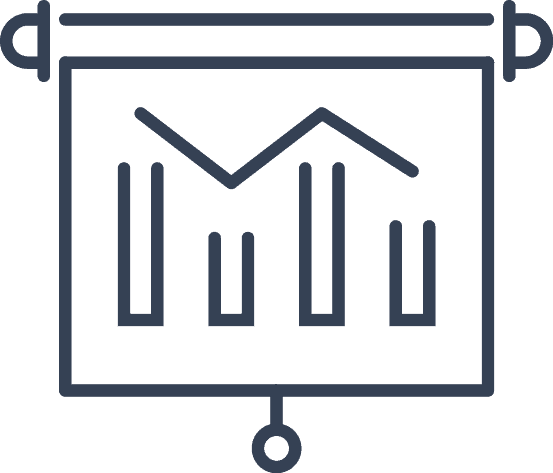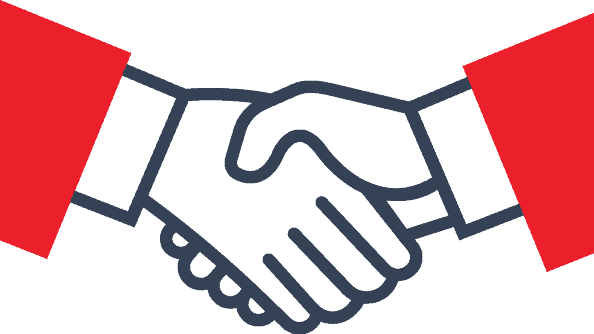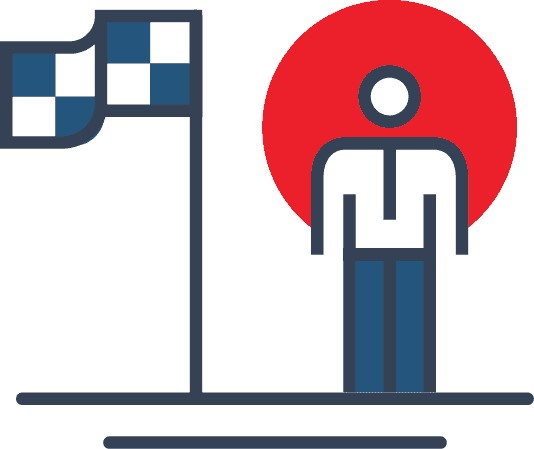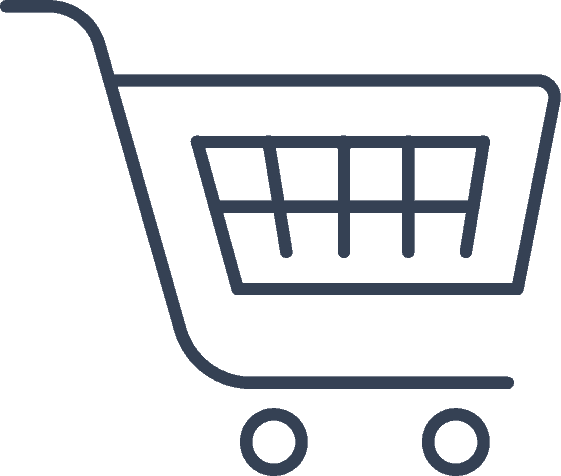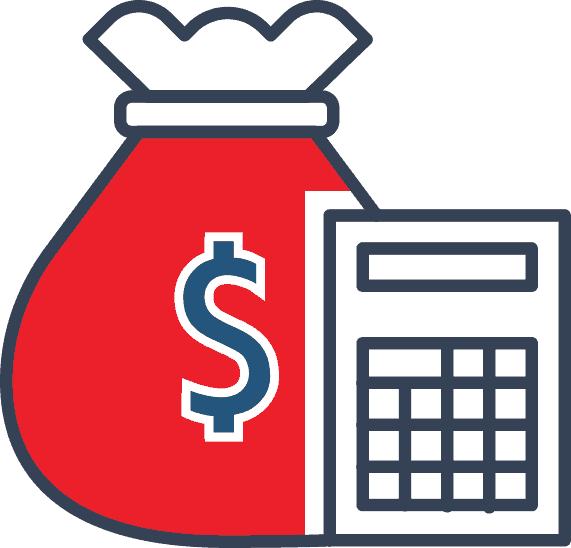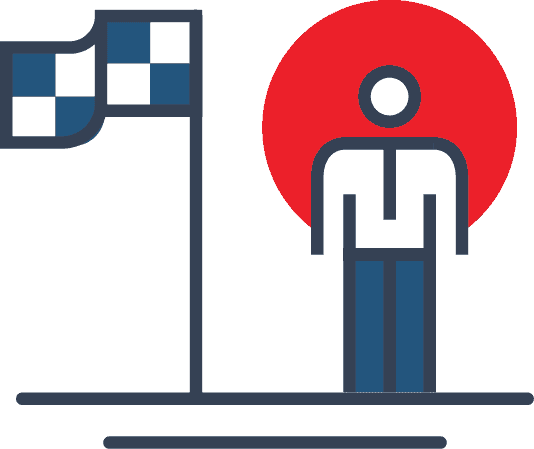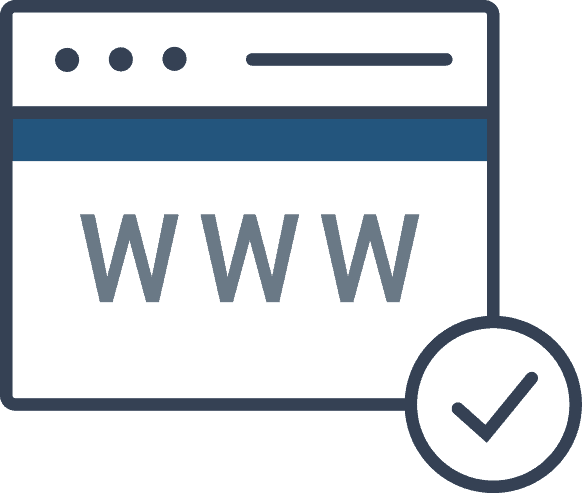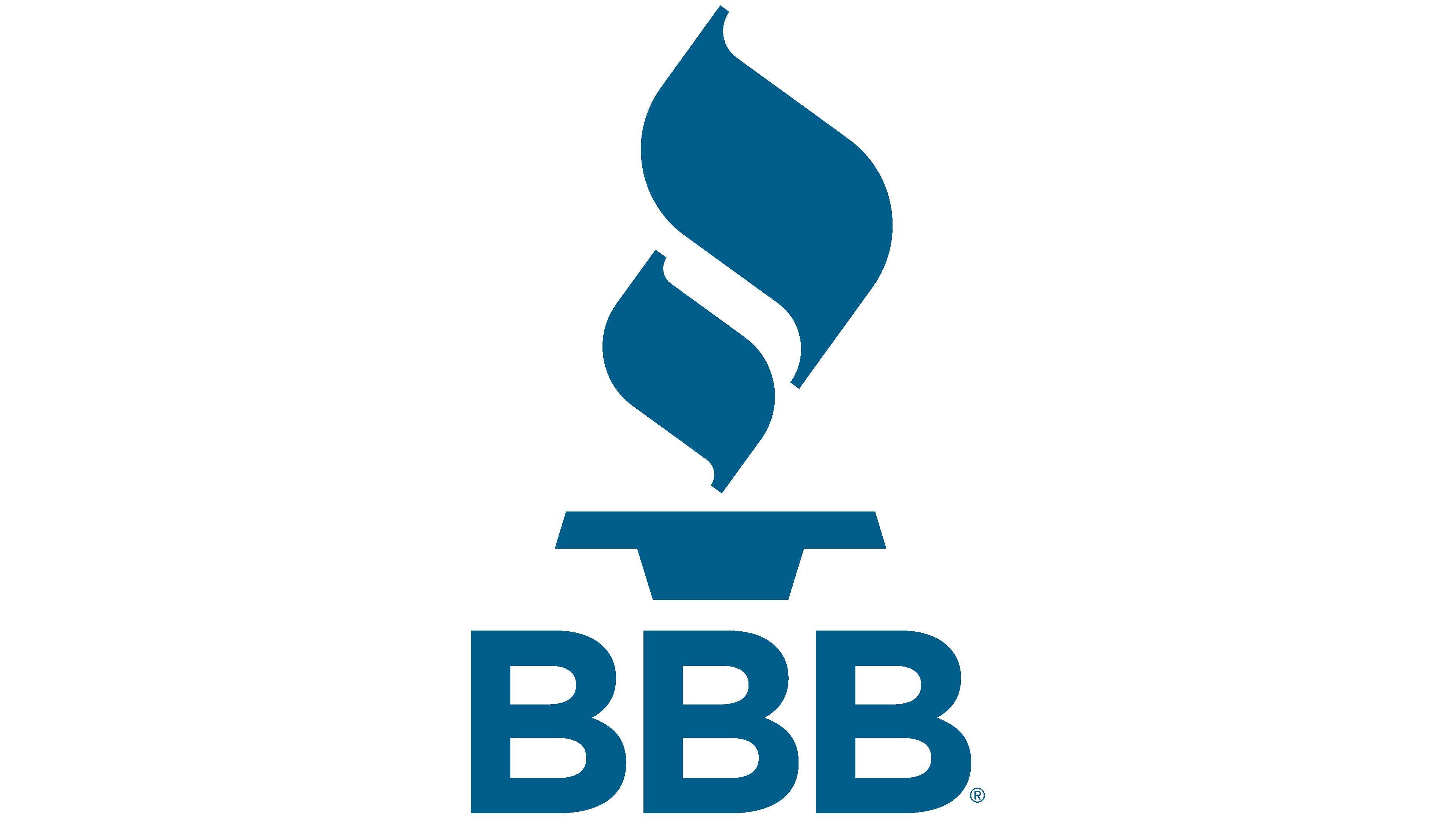It’s a painstaking process. Getting to know your buyers goes way beyond gathering demographic information. It requires you to tap into their mindset and hear the thoughts they’d never share with anyone – including their best friend. Creating buyer personas requires a lot of digging, research, and investigation.
When you have your buyer personas detailed and outlined, you’re set, right? Not quite.
Knowing what goes on in your buyer’s brain is only half the battle. The next step is to produce marketing materials, content, and advertising to reach those buyers. To do that effectively, you need to know where they hang out. Since most of the interactions happen digitally these days, focusing on their online hangout locations is bound to be the most efficient use of your marketing spending and research time.
Start With Why They Buy
You didn’t make assumptions about your buyer’s mindset. You did your due diligence and gathered cold hard facts to form your personas. You should do the same when looking for why your buyers buy.
When starting your search for where your buyers hang out online, start with why they buy.
What are the triggers that cause your buyer to start looking for you?
- Did a friend refer your buyer to your restaurant?
- Is your buyer going on a vacation and needs to stay at your hotel?
- Is your buyer pregnant and suddenly needs help learning about how to prepare for baby?
There are millions of scenarios. For your product, get specific on what life events trigger your buyer to start her search for you.
Here are five places your buyers probably go online to find your products.
1. Search Engines
Many purchases begin with a basic search for a product. When buyers start by typing your product or service into the search box, they’re looking for several things:
- Information about different brands, makes, and models
- Product testimonials
- Answers to their questions
Looking for more specific information is one of the most common search behaviors for buyers who already know they need a product or service. Your buyer is ready to buy. Now, she needs to compare your brand to your competitors to see which one has the type of offering she needs.
Most searches go beyond looking for basic information. Buyers also want to know what other consumers thought about a product. In this case, they might type a search term looking specifically for testimonials from other fellow buyers.
Even when a buyer is set on making a specific purchase, there might still be objections to a brand or product. This is when buyers go searching for answers. Many times these are found in your FAQ or blog. The higher your website ranks for these search terms, the more likely it is you’ll answer your buyer’s questions before you ever know they’re looking.
If your buyer is the type to do her due diligence and research extensively before making a purchase, she probably uses search engines as a resource for finding information about your brand.
2. Social Networks
Look at the top websites accessed online today and you’ll see social networks dominating the list. It’s no secret that many consumers regularly access social networks. The trick is to determine which one your buyers access most often.
Understanding your buyer’s demographics and the demographics of the most popular social networks will help you whittle down which one your buyers are using. These statistics are all driven from Pew Research Center’s findings.
- Facebook
Despite popular belief, Facebook is primarily used by adults. In fact, 58% of the entire adult population uses Facebook. The number of teenagers on Pinterest is quickly declining. Still, young adults in college and above continue using the platform religiously. Family members, old colleagues and high school friends, and new business connections all come together on Facebook.
- Pinterest
Pinterest continues to be dominated by women. 22% of the adult population uses Pinterest with the vast majority being female. Pinterest is used by all age groups from teenagers to people over 65 years of age. If your product is visual, this could be a strong network for you to target.
- LinkedIn
LinkedIn is known as the professional network, so it makes sense that there are a variety of age ranges using the platform. Still only 23% of the adult population use LinkedIn. If you’re targeting professionals or conducting B2B marketing, this is a strong social network for you to focus on in your marketing.
- Twitter
Twitter is declining in popularity with only 19% of the adult population accessing it regularly. Most of the users are between 18 and 49, but statistics show that the older generations are starting to access Twitter more.
- Instagram
Instagram is gaining in popularity with 21% of the adult population accessing it daily. This is also a hugely popular social network among teenagers with 23% of users being high school graduates or less, and 31% having some college education.
If your buyer relies heavily on influence from her peers, she’s probably using social media on a regular basis. The demographics of your buyer will help distinguish which social network she’s using.
3. Authority Blogs
Content proliferates the Internet. With so much noise happening out there it can be hard to find the websites your readers are checking out every day.
Chances are you know a few of the blogs your buyers might go to, but are you missing some? There are a few ways to check.
- Visit alltop.com and type in your industry’s name. You’ll get a list of blogs that have been approved for your niche. Look at them and find the ones that are posting regularly and getting the most engagement from people, such as shares and comments. These are authoritative.
- Do a search on Twitter. Bloggers regularly promote their content on Twitter. Their readers do too. Check out the most popular links. You’ll likely find several authoritative blogs this way.
- Search for your top keywords using social mention. This highly specific search engine pulls up a variety of blog posts and ranks them by popularity.
If your buyer consumes news online, she probably leans on blogs for information about products and services. Finding the authority blogs in your industry helps you narrow in on the ones she’s probably reading.
4. Review Sites
Global marketing firm Mintel found that 70% of consumers rely on online reviews to help when making a purchase. There’s a good chance your buyer is among that large majority.
Although you cannot forge reviews, there are a few things you can do to nudge your customers to leave a review. Knowing that your buyer looks at these, you can revise your marketing campaign to focus more on targeting customers on the top review sites for your niche to gain more traction.
Each industry tends to have its own review site. Some of the most popular include:
- Yelp for restaurants and local businesses.
- Trip Advisor for travel industry related businesses.
- Angie’s List for contractors and home improvement businesses.
If your buyer relies heavily on testimonials to make her purchase decision, she’s probably looking at review sites before deciding to buy. Knowing the top used review sites for your industry will help you determine which ones she’s looking at most.
5. Message Boards
Message boards are online forums dedicated to a specific topic. They’re most often used by buyers within a very specific demographic. For example, pregnant women use message boards to connect privately with other pregnant women. Many times, they use these areas to converse before telling many of their friends or family about their news.
Finding message boards in your niche will help you know how to target your buyers. One way to do this is to search in iTunes or in Google Play for apps relating to your industry. Download these apps to see if there are message boards available to your target market. You might be surprised at the conversations you uncover.
If you’re selling to a hyper specific niche, your buyer is probably using message boards related to that niche. Get to know the different apps and platforms available to this specific niche to know where your buyer is conversing.
The Bottom Line
Knowing your buyer personas is just the beginning. Once you know where your buyers hang out, you can create better, stronger, and more effective campaigns. You’ll see more quality traffic and higher conversions. Showing up in the place where your buyers already hang out is the key to leading your marketing horse to water.


